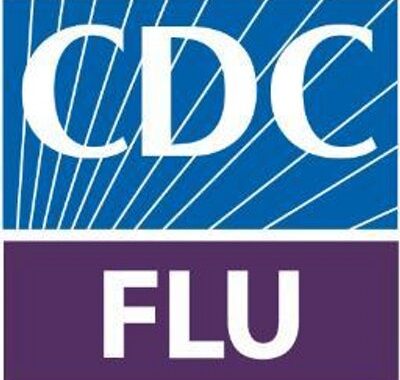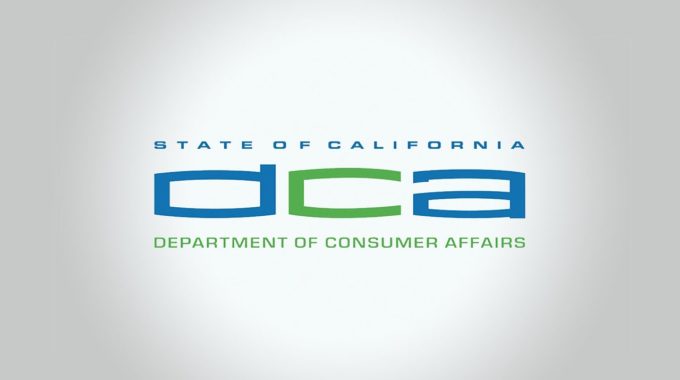As flu season intensifies, dental healthcare personnel (DHCP) play a vital role in protecting both…
The DUWL Outbreak in Orange County
Back in 2016, more than 60 children were diagnosed with confirmed or probable mycobacterial infections in Anaheim, California, after becoming infected with serious oral cellulitis, following dental pulpotomies performed at the same dental clinic. The microorganism in question was Mycobacterium abscessus, which is usually harmless, but in rare cases can contaminate water leading to infection. In this case, the contaminated water from the dental unit waterlines (DUWLs) exposed up to 500 pediatric patients to potential infection.
An article written by ProEdge Dental, a leading supplier of dental water monitoring, provides an interesting look at the outbreak and its subsequent investigation. Additionally, the Orange County Register spotlights the doctor, Dr. Negar Ashouri, who discovered the link of the outbreak to the dental clinic in Anaheim.
In response to the outbreak of M. abscessus in Anaheim, California Senate Bill 1491 (SB 1491) took effect in 2019, making it unprofessional conduct for a dentist to “use water, or other methods used for irrigation, that are not sterile or that do not contain recognized disinfecting or antibacterial properties when performing dental procedures on exposed dental pulp.” The new law was passed to ensure the proper irrigation and disinfection of exposed dental pulp.
To prevent infections associated with microbial contamination in DUWLs, dental personnel should consult with the manufacturer of the dental unit or water treatment system to determine the best procedures for maintaining the DUWLs. In its 2016 Summary of Infection Prevention Practices in Dental Settings: Basic Expectations for Safe Care, the U.S. Centers for Disease Control and Prevention (CDC) recommends that to improve and maintain the water quality in dental treatment, in addition to purging and flushing, control strategies should be implemented such as self-contained water systems, chemical treatment regimens, in-line water microfilters, water purifiers, and monitoring of dental unit water.
For our OSHA Review subscribers… The November/December 2019 issue of OSHA Review covers water quality for dental care and can be found in Section VIII of your OSHA Review binder.



